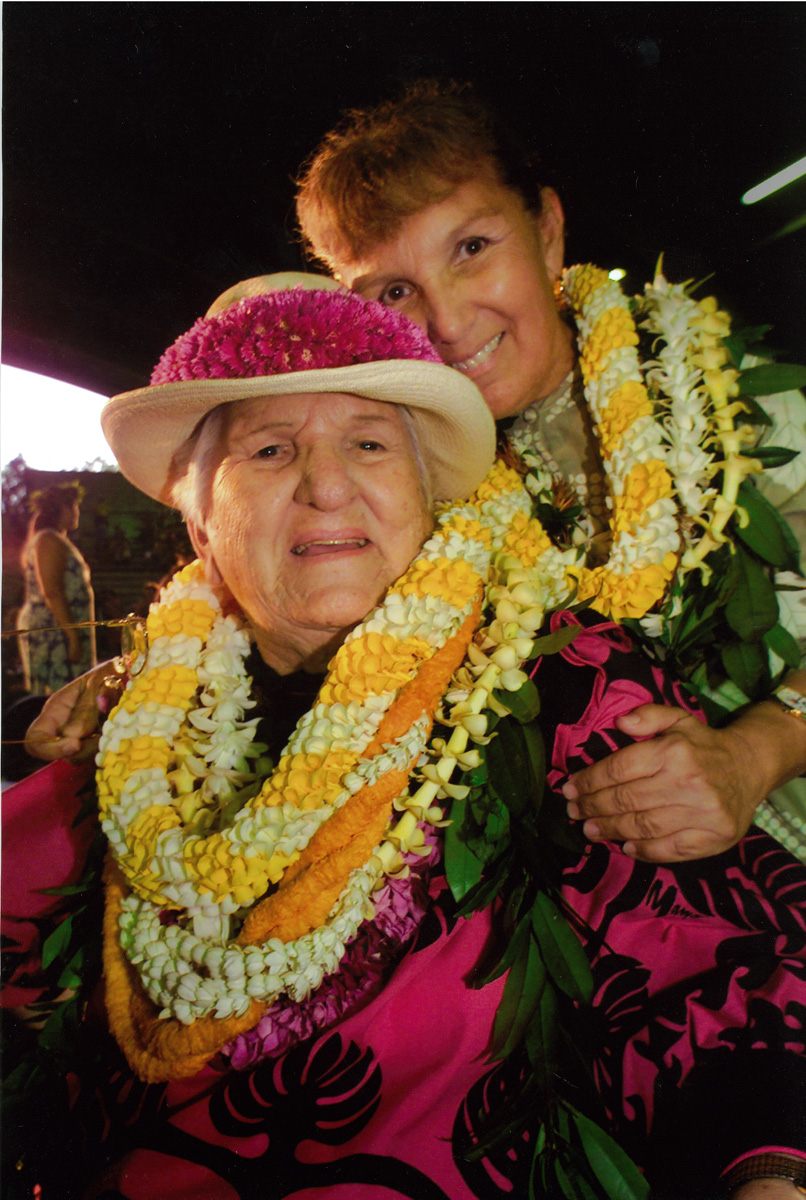 and the Hawaiian Culture
and the Hawaiian CultureHistory of the Festival
How the Merrie Monarch Festival began
1963
In 1963 Hawaiʻi island was struggling economically, stemming from the devastation of recent tsunami and the decline of sugar plantations along the Hāmākua coast. Helene Hale, the County of Hawaiʻi Chairwoman at the time, sought to give the island an economic boost by tapping into the burgeoning tourist industry.
“I was the Executive Officer of Hawaiʻi – it wasn’t called mayor … when the sugar industry went down, it was very depressed over here,” said Helene Hale.
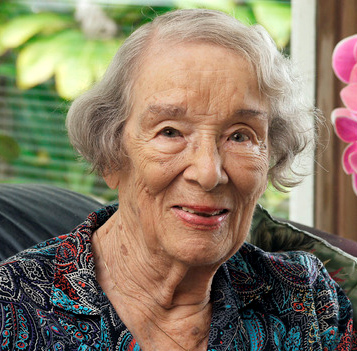
Helene Hale
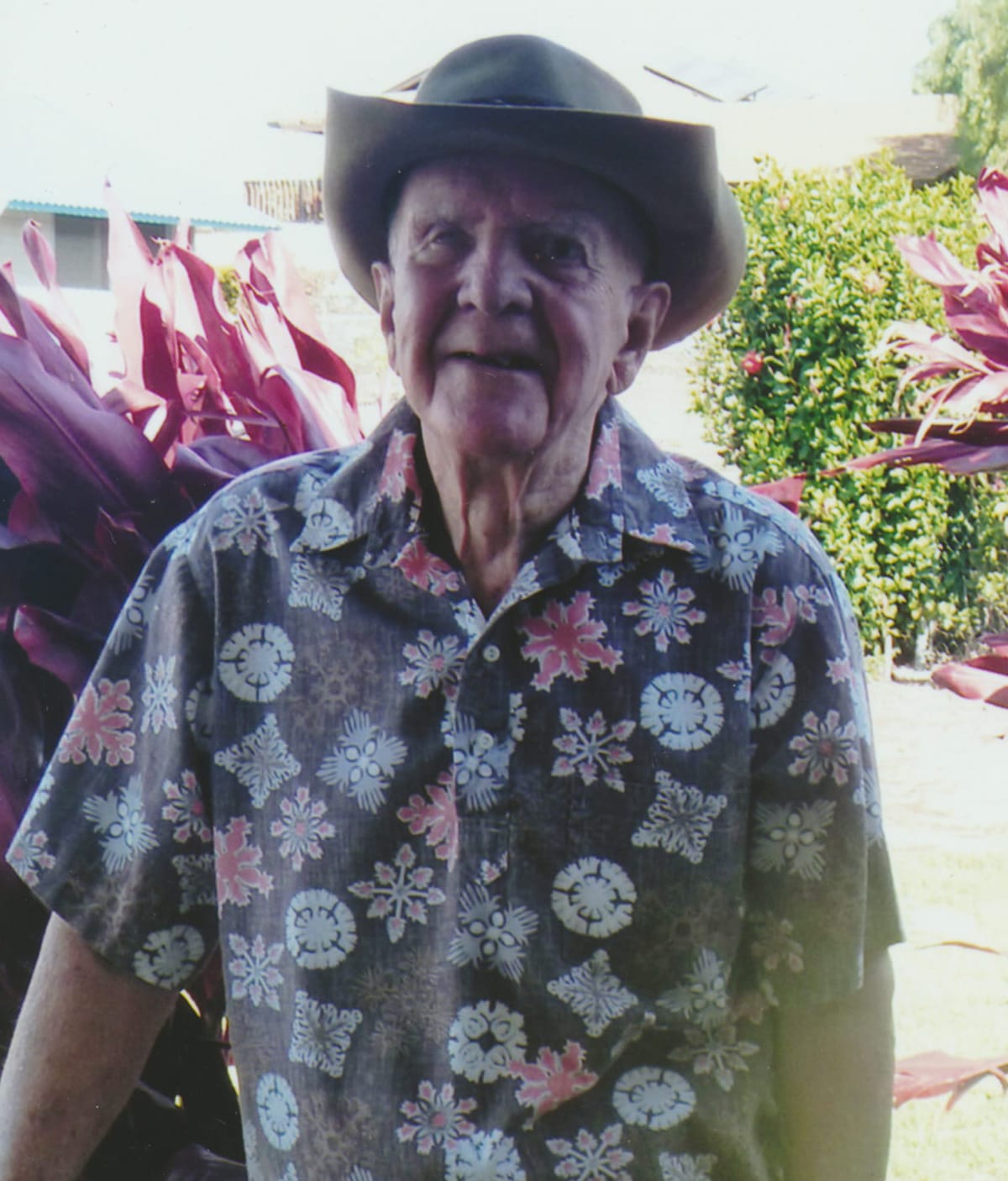
Gene Wilhelm
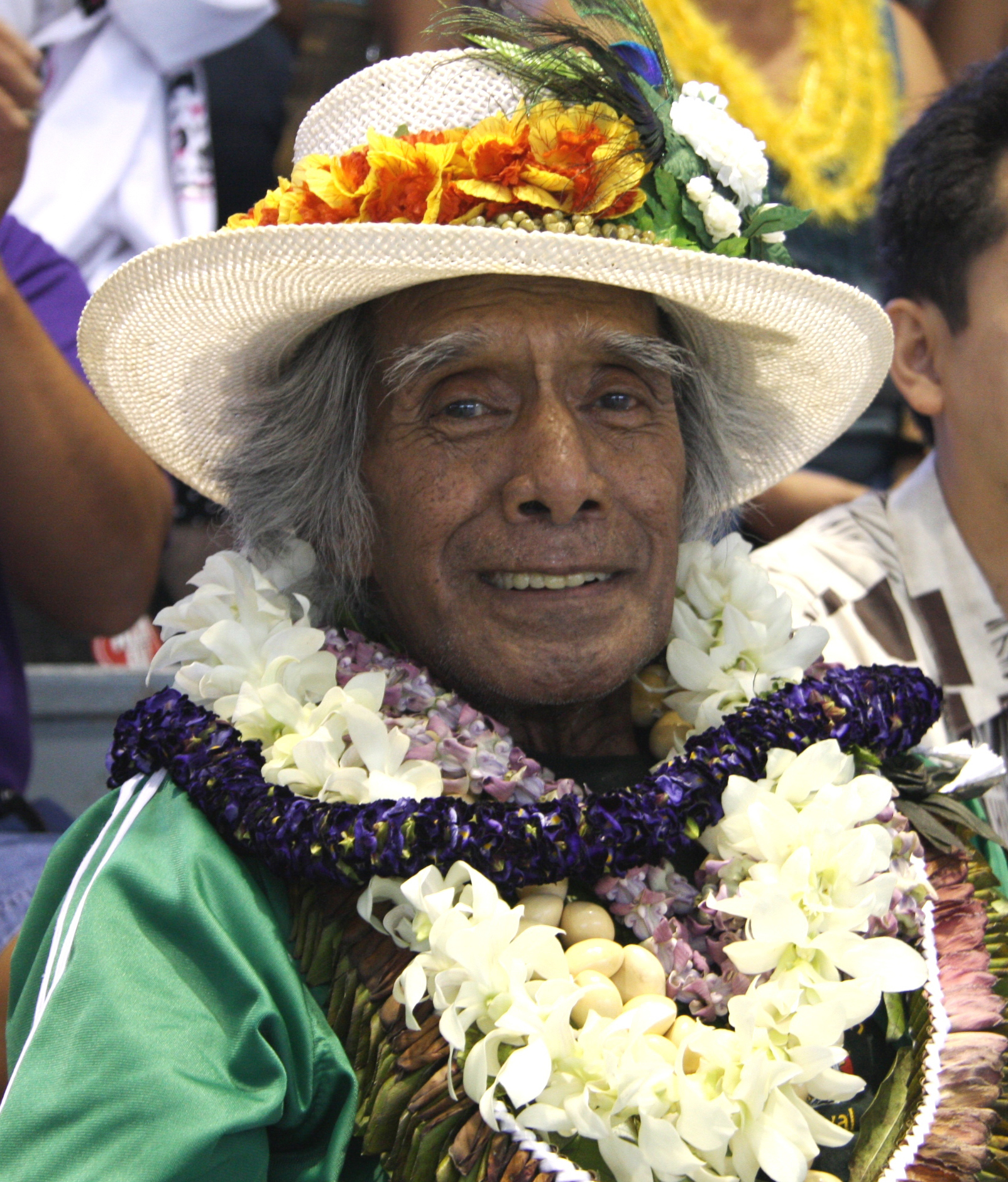
George Naʻope
1971
Under the direction of Thompson, the Merrie Monarch Festival shifted its goals and objectives to replicate the ideals of King Kalākaua who sought to revitalize the Hawaiian people and culture. This revamped festival would gather the best hula dancers from all the islands, showcase Hawaiian artistry, and create a performance to serve as a rite, a celebration, a statement about Hawai’i and its people.
Nine hālau entered the wahine (women) group competition that first year, and Aloha Wong (Dalire) won the first Miss Hula title. When the Festival opened the competition to kāne (men) in 1976, the interest and enthusiasm for the event increased exponentially. The blossoming of the Festival coincided with the Hawaiian Renaissance, a time when cultural pride manifested through the perpetuation and practice of Hawaiian language, music, voyaging, arts, and crafts.
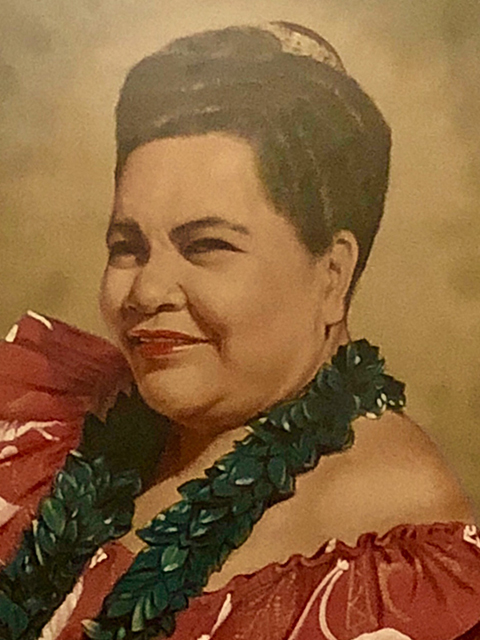
Pauline Kekahuna
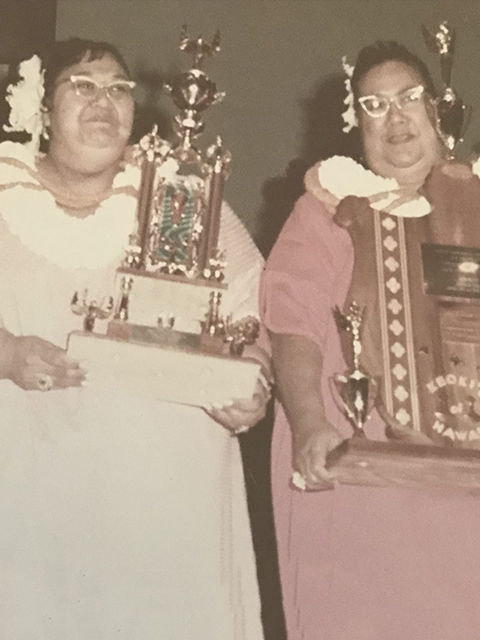
Louise and Luka Kaleiki
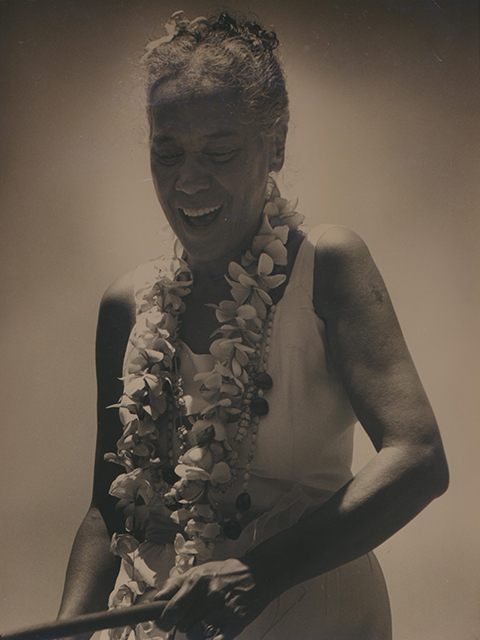
Iolani Luahine
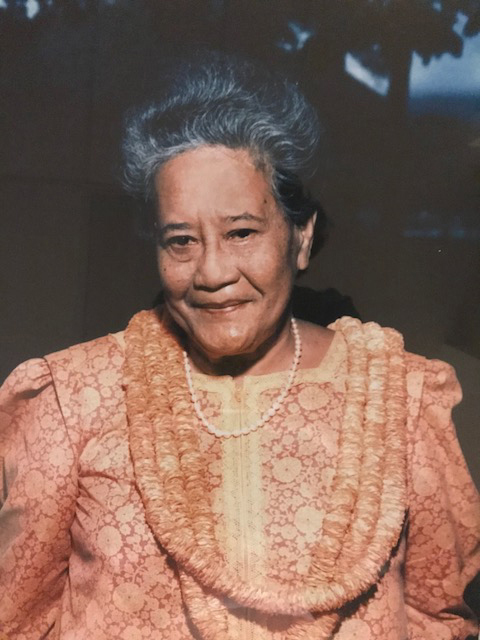
Lokalia Montgomery
“My mom wanted to move the festival more toward a Hawaiian theme, and so she brought back Uncle George Naʻope and Albert Nahale-a,” said current festival president, Luana Kawelu.
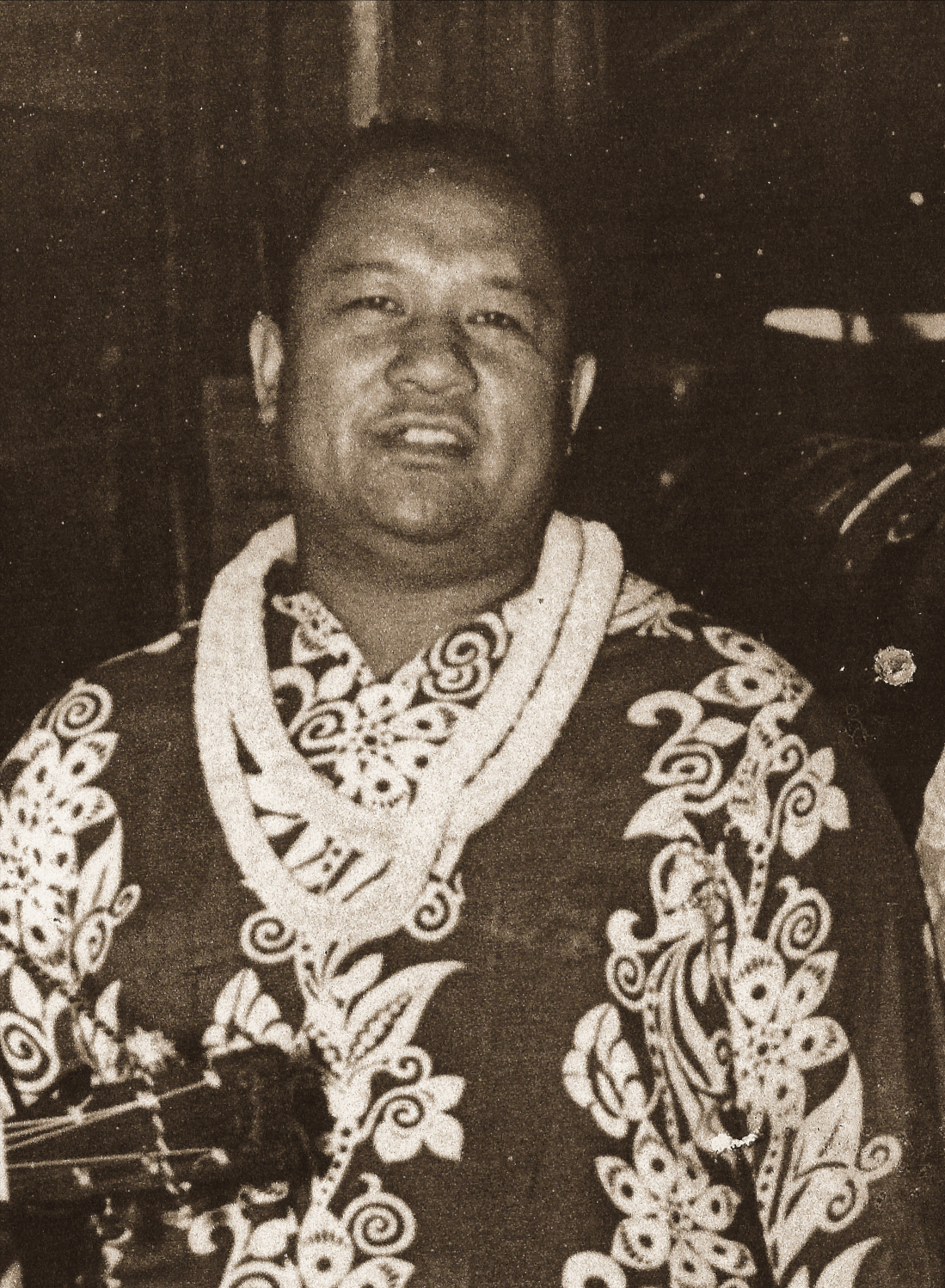
Albert Nahale-a
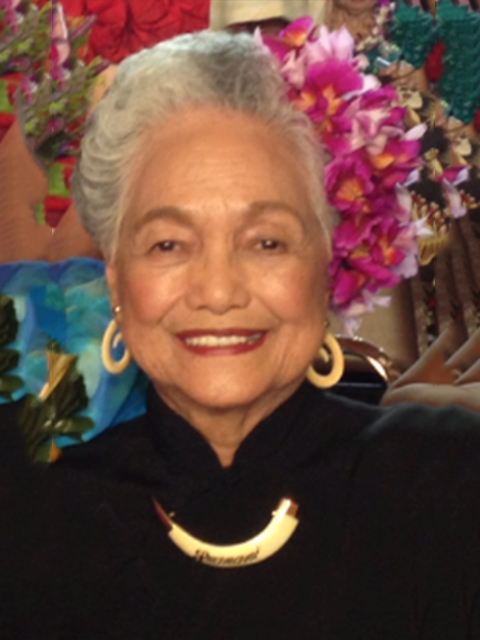
Puanani Alama
While the hula competition remains the focal point of the festival, other events have also drawn a loyal following, including the Wednesday night hōʻike (exhibition), invitational Hawaiian Arts Fair, and parade through downtown Hilo. The organization’s leadership officially transferred to the next generation in 2010, when Aunty Dottie passed away. Luana Kawelu, Aunty Dottie’s daughter, had worked with her mother since 1976 on all facets of the Festival and took over the reigns as the Festival President to continue the organizational legacy left by her mother.
2013
The Merrie Monarch Festival celebrated 50 years of existence in 2013. That year, organizers paid homage to the Festival’s roots by bringing back some of the pageantry of the early years like the coronation ball as well as more fun events like the Kalākaua beard contest.
Although the initial motivation for the Merrie Monarch Festival was to boost the economy of Hawaiʻi island through tourism, this event has come to serve a far greater purpose, which is perpetuating Hawaiian culture. Just as Kalākaua, the Merrie Monarch, sought to strengthen Hawaiian people through the revitalization of cultural practices, the Festival strives to ensure the vibrancy of Hawaiian culture for future generations.
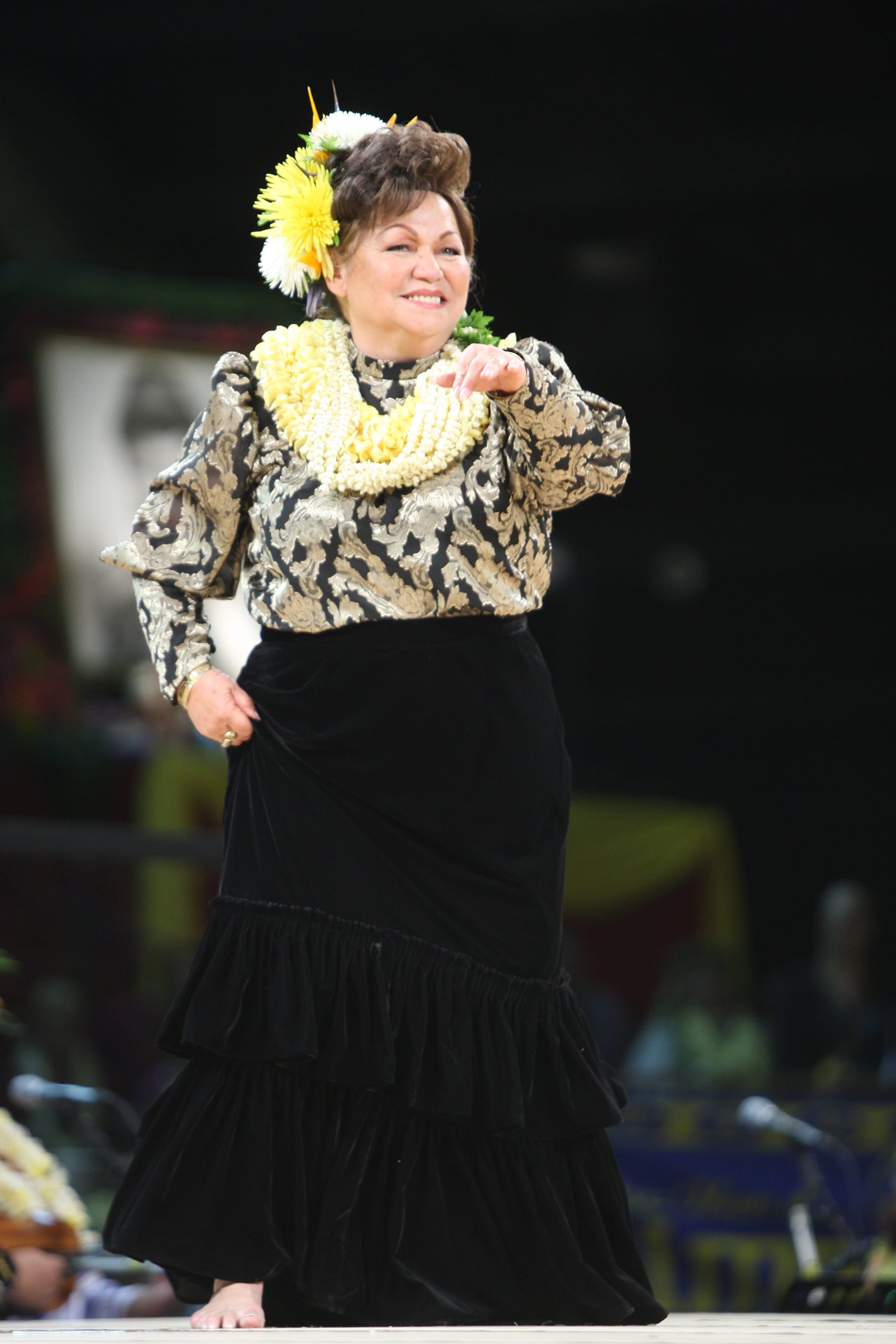
Aloha Wong Dalire
